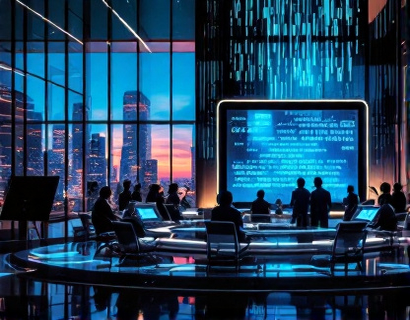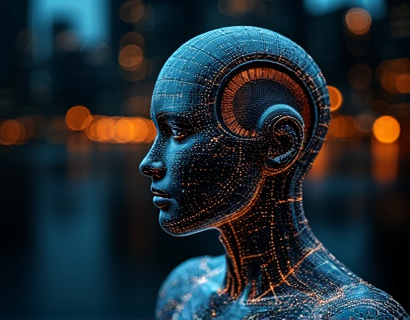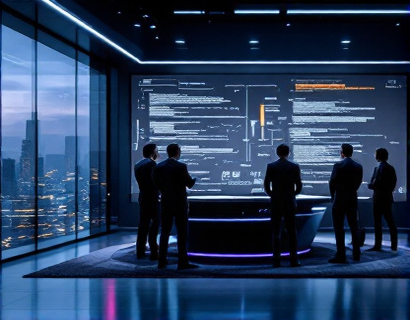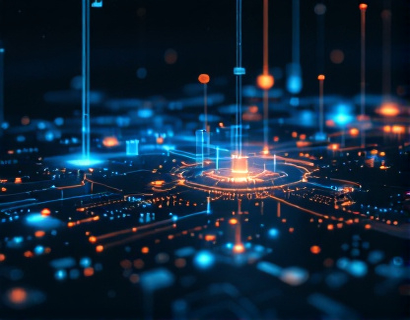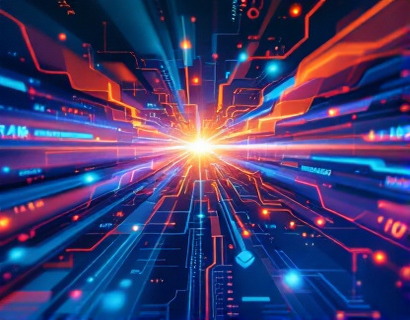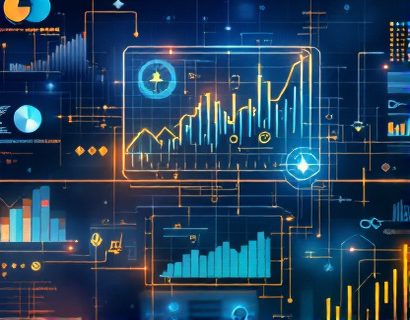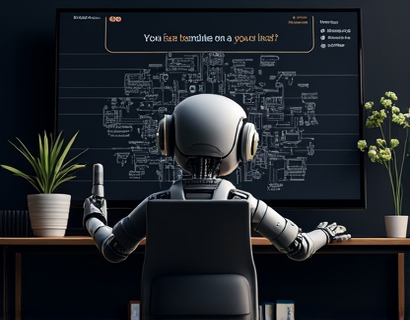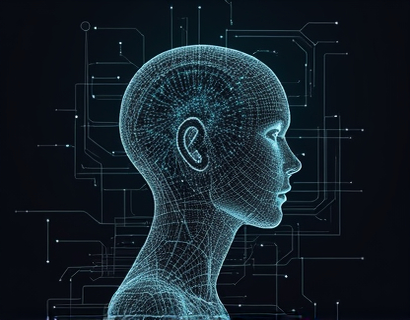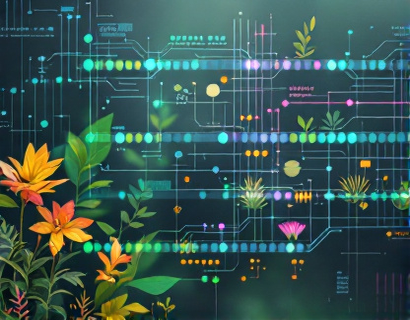AI-Powered Translation Technology: Revolutionizing Global Communication
In an increasingly interconnected world, the ability to communicate across languages has become more crucial than ever. AI-powered translation technology stands at the forefront of this revolution, offering unprecedented precision and speed in breaking down language barriers. This advanced technology is not just a tool for translators but a game-changer for businesses and individuals seeking to expand their global reach. By leveraging the power of artificial intelligence, these solutions provide accurate and efficient translations, facilitating seamless multilingual connections across various industries.
The Evolution of Translation Technology
The journey of translation technology has been marked by significant milestones. From the early days of rule-based systems to the current era of neural machine translation, the accuracy and naturalness of translations have seen dramatic improvements. Traditional methods relied on predefined rules and dictionaries, often resulting in stiff and unnatural translations. The advent of machine learning and deep learning has transformed this landscape, enabling systems to learn from vast amounts of data and context, thus producing more fluent and contextually appropriate translations.
How AI-Powered Translation Works
At the core of AI-powered translation technology lies neural machine translation (NMT). Unlike traditional rule-based systems, NMT uses neural networks to understand and generate translations. These neural networks are trained on massive datasets, allowing them to capture the nuances and complexities of language. The process involves several key steps: tokenization, where text is broken down into smaller units; encoding, which converts the input text into a numerical format; and decoding, where the system generates the translated text. This approach enables the model to consider the entire sentence or context, rather than translating word by word, resulting in more accurate and natural-sounding translations.
Benefits for Businesses
For businesses, AI-powered translation technology offers a multitude of benefits. One of the most significant advantages is the ability to communicate effectively with international clients and partners. Language barriers can hinder business growth and limit market access, but with advanced translation tools, these obstacles can be overcome. Accurate and rapid translations enable companies to produce high-quality multilingual content, including websites, marketing materials, and customer support documents. This not only enhances customer experience but also builds trust and credibility in global markets.
Moreover, AI-powered translation tools can significantly reduce the costs associated with human translation. While human translators are invaluable for nuanced and creative content, routine and repetitive translations can be efficiently handled by AI. This efficiency allows businesses to allocate resources more effectively, focusing on core activities while ensuring timely and accurate communication. Additionally, the scalability of AI translation solutions means that businesses can easily adapt to changing market demands without the need for extensive human resources.
Enhancing Individual Communication
Individuals too can benefit immensely from AI-powered translation technology. Travelers, expatriates, and language learners can use these tools to navigate foreign languages with ease. Real-time translation apps and services make it possible to communicate with people from different linguistic backgrounds, breaking down barriers and fostering mutual understanding. For instance, during international conferences or business meetings, AI translation can provide instant translations, ensuring that all participants can follow and contribute to the discussion without delays.
Furthermore, AI-powered translation tools can assist in personal document translation, such as letters, emails, and social media posts. This is particularly useful for individuals who frequently interact with people from different countries, whether for personal or professional reasons. The convenience and accuracy of these tools make them an indispensable part of modern communication.
Industry-Specific Applications
The applications of AI-powered translation technology extend across various industries, each with its unique requirements and challenges. In the healthcare sector, accurate translation of medical documents and patient communications is critical for patient safety and effective treatment. AI translation tools can help bridge the language gap, ensuring that medical information is conveyed accurately and promptly. Similarly, in the legal field, precise translations of contracts and legal documents are essential to avoid misunderstandings and ensure compliance with local laws.
The education sector also benefits greatly from AI translation. Educational resources, research papers, and online courses can be made accessible to a global audience, promoting knowledge sharing and collaboration. In the tech industry, software documentation and user manuals can be translated quickly and accurately, facilitating the adoption of products in different markets. The tourism industry can leverage AI translation to provide travelers with localized information and services, enhancing their experience and satisfaction.
Challenges and Limitations
Despite its numerous advantages, AI-powered translation technology is not without challenges. One of the primary concerns is the accuracy of translations, especially for low-resource languages with limited training data. While NMT has made significant strides, certain languages and dialects may still struggle with nuanced expressions and idiomatic language. Additionally, context is crucial in translation, and AI systems, though advanced, can sometimes misinterpret subtle cultural or situational cues. Continuous improvements in AI algorithms and the availability of more diverse training data are essential to address these limitations.
Another challenge is the potential for over-reliance on AI translation tools, which could undermine the role of human translators. While AI can handle a significant volume of routine translations, human expertise is still invaluable for complex and creative content. A balanced approach that combines the strengths of both AI and human translators is key to achieving the best results.
Future Trends and Innovations
The future of AI-powered translation technology is promising, with ongoing research and development poised to address current limitations and introduce new features. One area of focus is the improvement of low-resource language support. By developing more efficient training methods and leveraging transfer learning, AI systems can better handle languages with limited data. This will expand the reach of translation technology to more communities and regions.
Another exciting development is the integration of multimodal translation, which combines text, speech, and visual elements to provide a more comprehensive translation experience. For example, AI can translate spoken language in real-time during video calls or convert sign language into text, making communication even more accessible. Additionally, the incorporation of emotional and tone analysis can help convey the emotional nuances of language, making translations more empathetic and contextually appropriate.
As AI technology continues to evolve, we can expect even more seamless and intuitive translation experiences. The goal is to create a world where language is no longer a barrier, enabling people to connect and collaborate on a global scale with ease and confidence.
Conclusion
AI-powered translation technology is revolutionizing the way we communicate across languages, offering unparalleled accuracy and efficiency. For businesses and individuals alike, these tools are invaluable assets in breaking down language barriers and expanding global interactions. While challenges remain, the continuous advancements in AI promise a future where communication knows no bounds. Embracing this technology can open up new opportunities, foster deeper connections, and drive success in an increasingly interconnected world.



